At Tokyo’s Koboji Temple, folks are discovering the art of making wagashi, those beautifully crafted Japanese sweets that tell a story of seasonal beauty. Under the guidance of friendly instructors, participants get hands-on experience in a serene tatami room, all while sipping on authentic matcha tea served by hosts in traditional kimono. It’s not just about sweets; it’s an extensive exploration into Japan’s culinary heritage. But what happens when you mix creativity with tradition? The answer might surprise you.
Overview of Wagashi Making
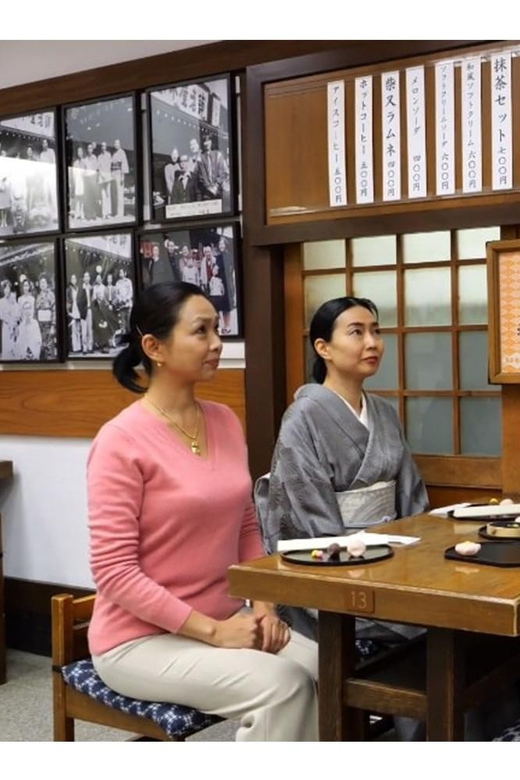
Wagashi making at Koboji Temple is often a delightful experience for both locals and travelers alike. Participants dive right into the art of crafting these beautiful Japanese sweets, often with wide-eyed excitement.
The session lasts about an hour, giving everyone just enough time to learn the basics and create something special. With a friendly instructor guiding them, folks can expect to get hands-on experience while soaking up a bit of Japanese culture.
It’s not just about sweet treats; it’s about connecting with traditions that go back centuries. Plus, the laid-back atmosphere makes it easy for everyone to relax and enjoy the process.
Whether you’re a beginner or have some experience, it’s a sweet way to spend an hour!
It's also worth checking out some other tours and experiences nearby.
Experience Highlights
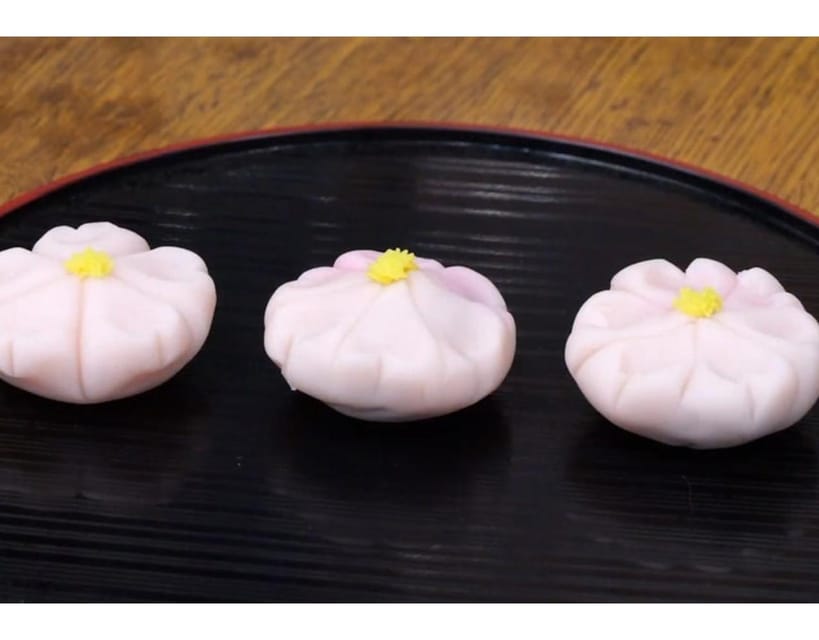
Visitors to Koboji Temple can expect a truly immersive experience when making wagashi. They’ll enjoy the world of Japanese sweets, learning the art of nerikiri, a traditional treat that’s a staple in tea ceremonies.
Here are some highlights that make this experience unforgettable:
-
Hands-on learning: Participants get to create their own sweets, guided by an expert.
-
Matcha tea service: Enjoy authentic matcha served by a host in a beautiful kimono.
-
Authentic setting: The experience takes place in a cozy, 24-tatami-mat room, enhancing the cultural vibe.
-
Cultural connection: It’s a fantastic opportunity for foreigners to connect with Japanese traditions.
Making wagashi at Koboji Temple isn’t just about sweets; it’s about culture, community, and creativity.
Cultural Significance of Wagashi
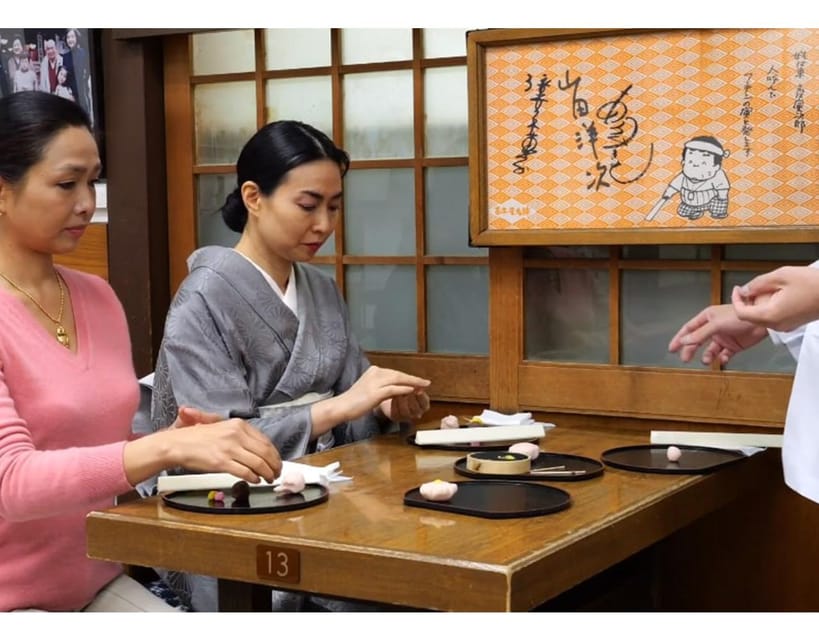
Japanese sweets carry a rich cultural heritage that goes beyond their delightful flavors and intricate designs. Wagashi, particularly, plays a pivotal role in Japan’s tea ceremonies, which have roots in samurai culture. This connection underscores the importance of these sweets in social and ceremonial contexts. Each wagashi tells a story, reflecting seasonal changes and natural beauty, making them not just treats, but art.
| Element | Significance |
|---|---|
| Aesthetics | Represents nature and seasons |
| Ingredients | Uses natural components, like rice |
| Preparation | Time-honored, meticulous techniques |
| Ceremony Role | Enhances the tea-drinking experience |
| Cultural Symbol | Embodies hospitality and respect |
Wagashi truly enriches the traditional Japanese experience, fostering connection and appreciation among participants.
Step-by-Step Instructions
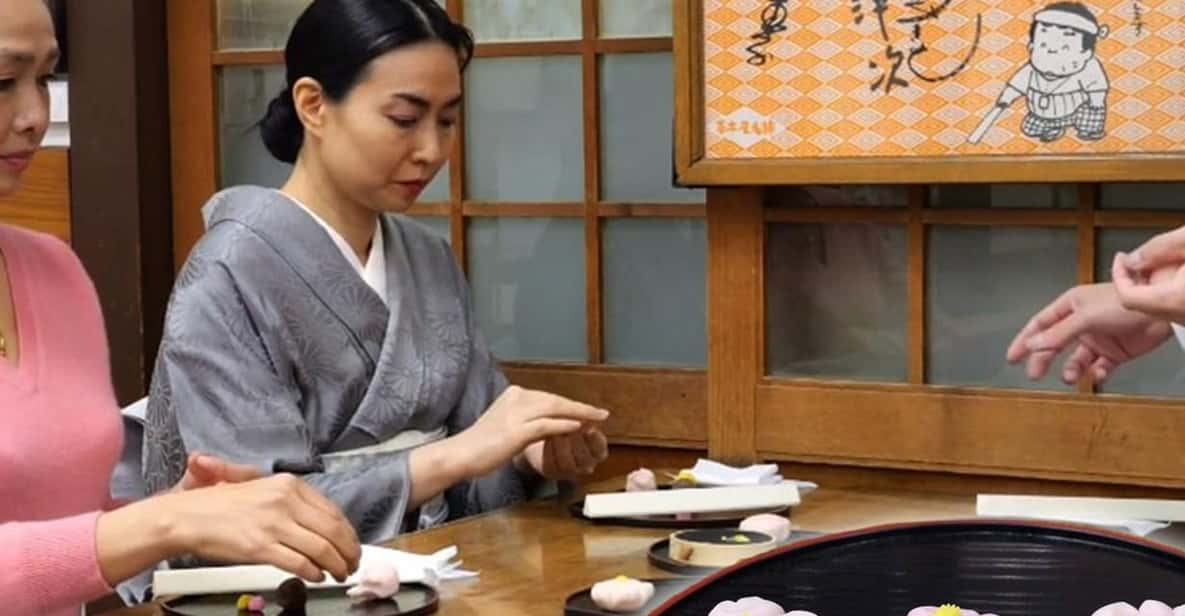
When it comes to crafting delicious wagashi, there’s nothing quite like following a step-by-step approach to make the process enjoyable and straightforward.
First, participants gather around, enthusiastic to learn the art of nerikiri. The experienced host guides everyone through each stage, ensuring no one feels lost.
Here’s what to expect:
- Mixing ingredients: Combine sweet bean paste with natural colors.
- Shaping: Use molds and hands to form beautiful designs.
- Flavoring: Learn to infuse subtle tastes with seasonal elements.
- Presentation: Discover how to serve your creations beautifully alongside matcha.
This hands-on experience not only teaches techniques but also immerses participants in rich Japanese culture, making each wagashi creation a personal masterpiece.
Participant Guidelines
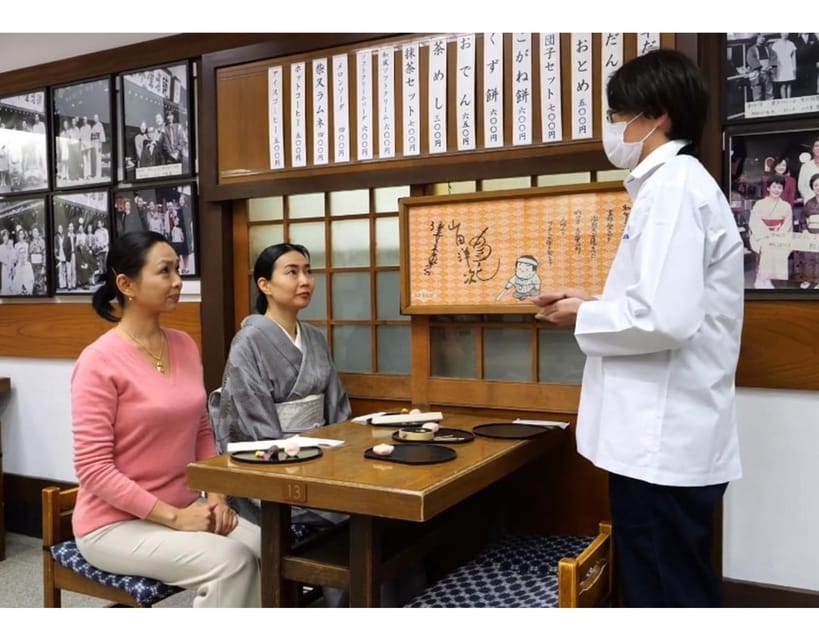
Joining the wagashi-making class at Koboji Temple is a delightful way to learn about Japanese culture, but there are a few guidelines to keep in mind.
First, participants should wear comfortable clothes, as they’ll be working with their hands. A camera’s a great idea to capture those sweet moments, but leave the flash at home—it’s not allowed.
Unfortunately, the venue isn’t accessible for wheelchair users, so plan accordingly.
And don’t forget, it’s recommended to book ahead to secure your spot! They offer free cancellation up to 24 hours in advance, so there’s no pressure if plans change.
Just remember to bring your enthusiasm and an open mind for this sweet experience!
What to Expect During the Session
Get set for a hands-on experience like no other! At Koboji Temple, participants enjoy the art of making wagashi, learning from a skilled host who knows the ins and outs of these traditional sweets.
Expect a cozy environment filled with the aroma of matcha and the spirit of Japanese culture.
Here’s what you can look forward to:
- Crafting nerikiri, a sweet essential for tea ceremonies
- Sipping matcha tea served by a kimono-clad host
- Enjoying the atmosphere in a serene tatami room
- Gaining insights into the cultural significance of each sweet
It’s not just about making sweets; it’s about connecting with Japan’s rich traditions in a fun and engaging way!
Booking and Cancellation Policy
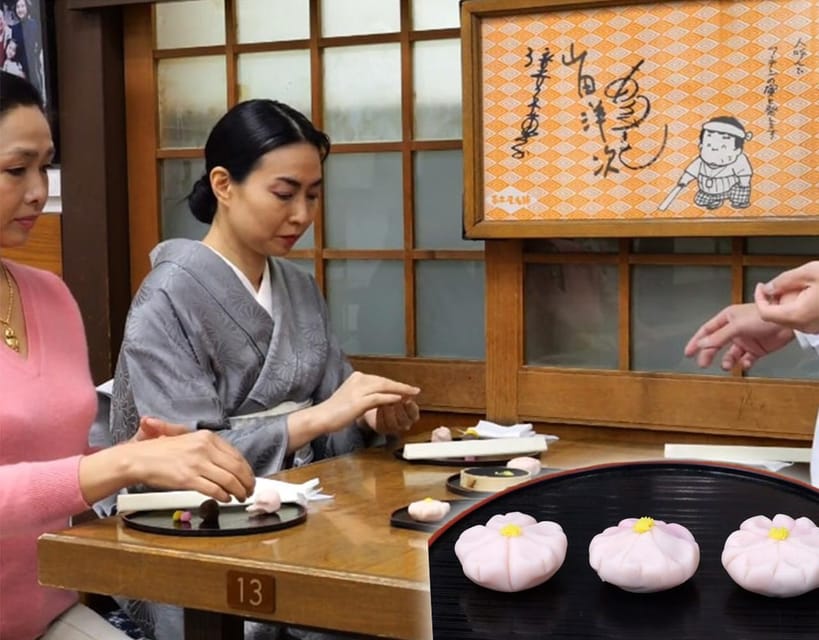
Booking a spot for the Wagashi experience at Koboji Temple is straightforward and hassle-free.
Visitors can easily reserve their place online, with prices starting at just $62.51 per person. Plus, they won’t need to pay upfront; they can book now and pay later!
If plans change, no worries—cancellations are free as long as they’re made at least 24 hours in advance. This policy gives participants peace of mind, allowing them to enjoy the anticipation without the stress of commitment.
It’s a great way to take in Japanese culture without any risk. So, whether you’re a foodie or just curious, securing your spot is a breeze, letting you focus on the fun of making delicious Wagashi!
Tips for a Great Experience
A few simple tips can really enhance the Wagashi-making experience at Koboji Temple.
First-timers will appreciate a few pointers to make the most of this sweet adventure.
Here’s what to keep in mind:
-
Dress comfortably: Opt for clothes that allow you to move freely while working with delicate ingredients.
-
Bring a camera: Capture those sweet moments, but remember—no flash photography!
-
Stay open-minded: Embrace the cultural significance of the tea ceremony; it’s more than just making sweets.
-
Ask questions: Don’t hesitate to engage with the knowledgeable host; they’re there to share insights!
Following these tips guarantees a memorable, delightful experience that’ll leave anyone craving more Wagashi.
Here's a few more nearby tours and experiences we think you'll like.
Frequently Asked Questions
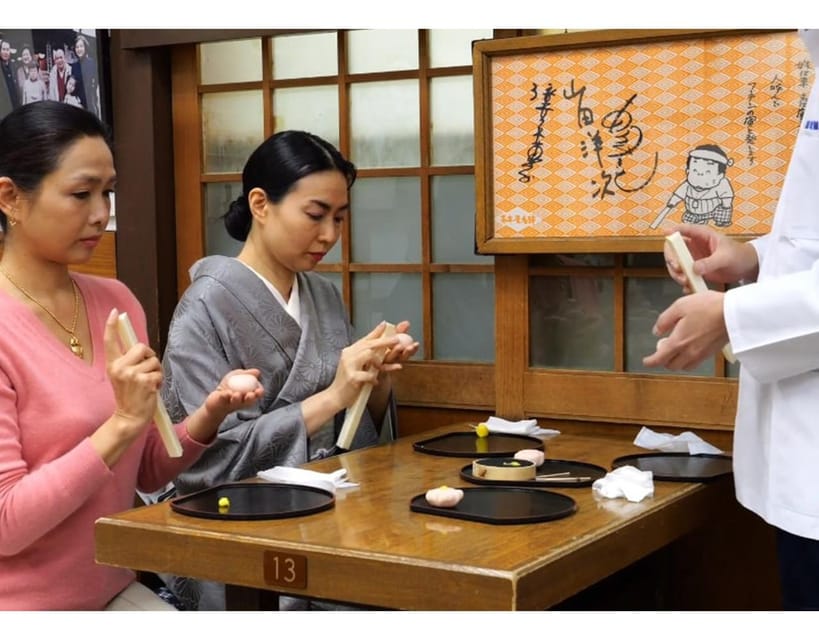
What Types of Wagashi Will We Make During the Session?
During the session, participants’ll make nerikiri, a colorful sweet shaped like seasonal flowers, and possibly other traditional wagashi. It’s a fun way to take in Japanese culture while creating delicious treats to enjoy!
Is There an Age Limit for Participants in This Experience?
There isn’t a strict age limit for this experience. However, kids should be accompanied by an adult. It’s all about enjoying the process and learning together, making it fun for everyone involved!
Can Dietary Restrictions Be Accommodated During the Activity?
They can’t assure dietary restrictions will be accommodated during the activity. It’s best to check in advance or reach out directly to confirm participants have options that suit their specific needs and preferences.
How Many Participants Can Join in One Session?
Each session can accommodate up to ten participants. It’s a cozy group size, allowing everyone to engage, learn, and enjoy the experience together, making it feel like a fun, shared adventure in Japanese culture.
Is Prior Experience With Making Sweets Required?
No prior experience’s needed to join in the fun. Participants can learn from scratch, and the experienced host’ll guide everyone through making delicious sweets. It’s all about enjoying the process and embracing the culture!
Not for you? Here's more of our most recent tour reviews happening neaby
- Tokyo: Private One-Way Transfer Services From Haneda Airport
- Making Hand-Rolled Sushi at Tokyo’S Koboji Temple
- Tokyo: Mount Fuji Kawaguchiko Ropeway One Day Tour
- Genuine Wagashi Experience by the Maestro at His Mochi Shop
- Tokyo: Mount Fuji Views & KABA Amphibious Bus Day Tour (OPT)
- Sake Nightlife & Exclusive Local Bar Hopping in Hidden Tokyo
- Making Onigiri (Rice Ball) at Tokyo’S Koboji Temple
- Mt.Fuji:Lake Kawaguchi,Yamanaka & Onsen Day Tour From Tokyo
- From Tokyo: Mt Fuji, 5th Station, & Hot Springs Day Trip
- Tokyo: Mount Fuji, Yamanaka Lake, Kawaguchiko Lake Day Trip
- Tokyo: 3-hour Guided E-Bike Tour of the Citys Hidden Gems
- From Tokyo Mount Fuji, Oshino Hakkai, Hot Springs 1-Day Tour
- Tokyo : Shibuya & Harajuku , Meiji Jingu Youth Culture Tour
- 1-Day Tour of Kamakura Buddha, Enoshima, Shrine From Tokyo
- From Tokyo:Mt. Fuji 5th, Oshino Hakkai & Onsen Full-day Trip
Recap
If you’re looking for a sweet slice of Japanese culture, making wagashi at Koboji Temple is a must. It’s not just about crafting beautiful sweets; it’s a chance to connect with tradition, enjoy matcha tea, and soak in the serene atmosphere. Plus, the friendly instructors make it a fun and enriching experience. So grab your friends or family, learn about this creative journey, and leave with tasty treats and unforgettable memories. You won’t regret it!
